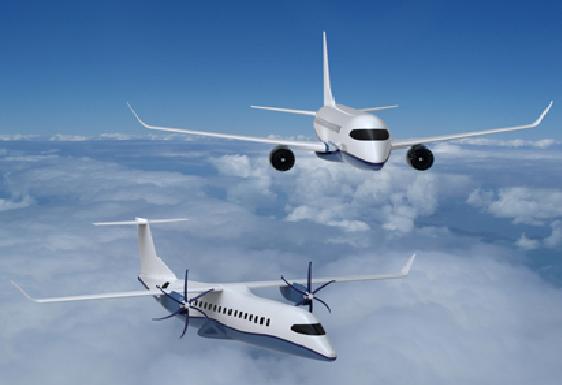COLDHEARTED AVIATOR
BANNED

- Joined
- Jul 28, 2010
- Messages
- 5,052
- Reaction score
- -6
- Country
- Location
Says who? Buddy I didn't posted the pic out of no reason, the blue colored aircraft in the front is the MTA in the military version, but the white one behind is a MTA passanger version for civil airlines, without the rear ramp, but with side doors and windows! A civil conversion was considered from the very begining from Russian and Indian partners, but RTA now is just another example how we make things too complicated.
Aero India 2003 - Part 5
Btw, high wing aircrafts might have more advantages in the cargo field, but are widely used as passenger aircraft in short to medium ranges too, which means the same regional area as the RTA is aimed to.

http://cdn-www.airliners.net/aviation-photos/photos/9/8/4/1814489.jpg
http://cdn-www.airliners.net/aviation-photos/photos/7/3/6/1879637.jpg
AN-158
AN-148
AN-74TK-300
Do 328 (the bigger brother of the Do 228 that HAL produces too)
With prop engines:
http://www.luftfahrt.net/galerie/ph...3_D-COSA_Fairchild-Dornier-328_Team-Lufth.jpg
With jet engines:
http://www.flugzeuginfo.net/acimages/dornier_do328300jet_karstenpalt.jpg
Same reason why I still suggest to develop the MTA with jet engines with the Russians and let HAL/NAL build a prop engined version of it, while both could be used for civil purposes.
His point would have been that the ideal wing for an airliner would be a 'Swept back low wing' as this wing has several advantages over others and the primary being that it can travel at a much faster rate than a normal wing plus it gives more stability at high speed flights.
There is no aircraft that can fly faster without sweeping back the wings.




 . So certainly big jets will be preferred.
. So certainly big jets will be preferred. 






